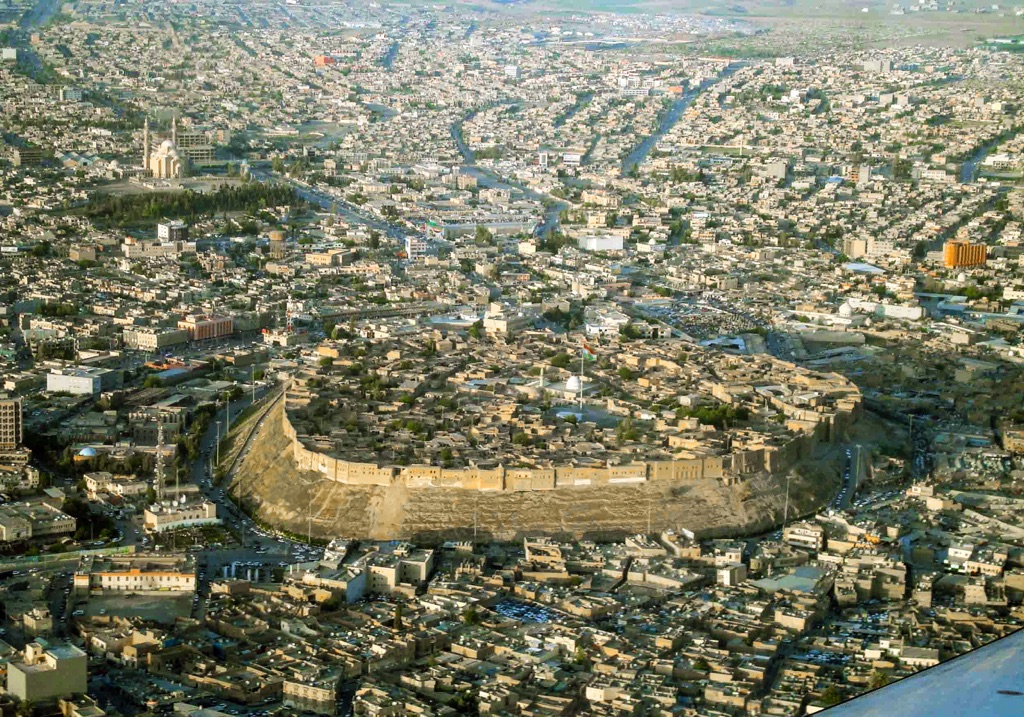The Erbil Citadel, a historical marvel, stands as a testament to the rich tapestry of human civilization. Perched on a prominent tell, or occupied mound, it dominates the skyline of Erbil, the capital of Iraqi Kurdistan. This ancient structure is one of the oldest continuously inhabited sites in the world, with evidence suggesting that its history stretches back at least 6,000 years. The citadel’s strategic position has seen it witness countless cultural and historical shifts, from the Assyrians to the Ottomans, and it remains a symbol of the enduring human spirit.
Get your dose of History via Email
Historical Background of Erbil Citadel
The Erbil Citadel’s earliest textual reference dates back to the Ur III dynasty around 2100 BC. The citadel’s construction is attributed to the ancient Assyrians, although the mound it sits upon has seen successive layers of habitation by various cultures. Over time, the citadel has been a silent witness to the ebb and flow of empires, serving as a fortress, a governor’s residence, and a community hub.
Throughout history, the citadel has seen various inhabitants and rulers. The Ayyubids, for instance, took control in the 12th century, followed by the Ottomans in the 16th century. It was during the Ottoman period that the citadel experienced significant architectural developments. The Ottomans built many of the houses that still stand today, reflecting the distinct characteristics of Ottoman architecture.
The citadel has also been the scene of important historical events. It was a key military stronghold for various empires due to its strategic location. In the 20th century, the citadel underwent a period of decline, with many residents moving to the surrounding city. However, it never lost its historical importance, and efforts to preserve and restore the site have been ongoing.
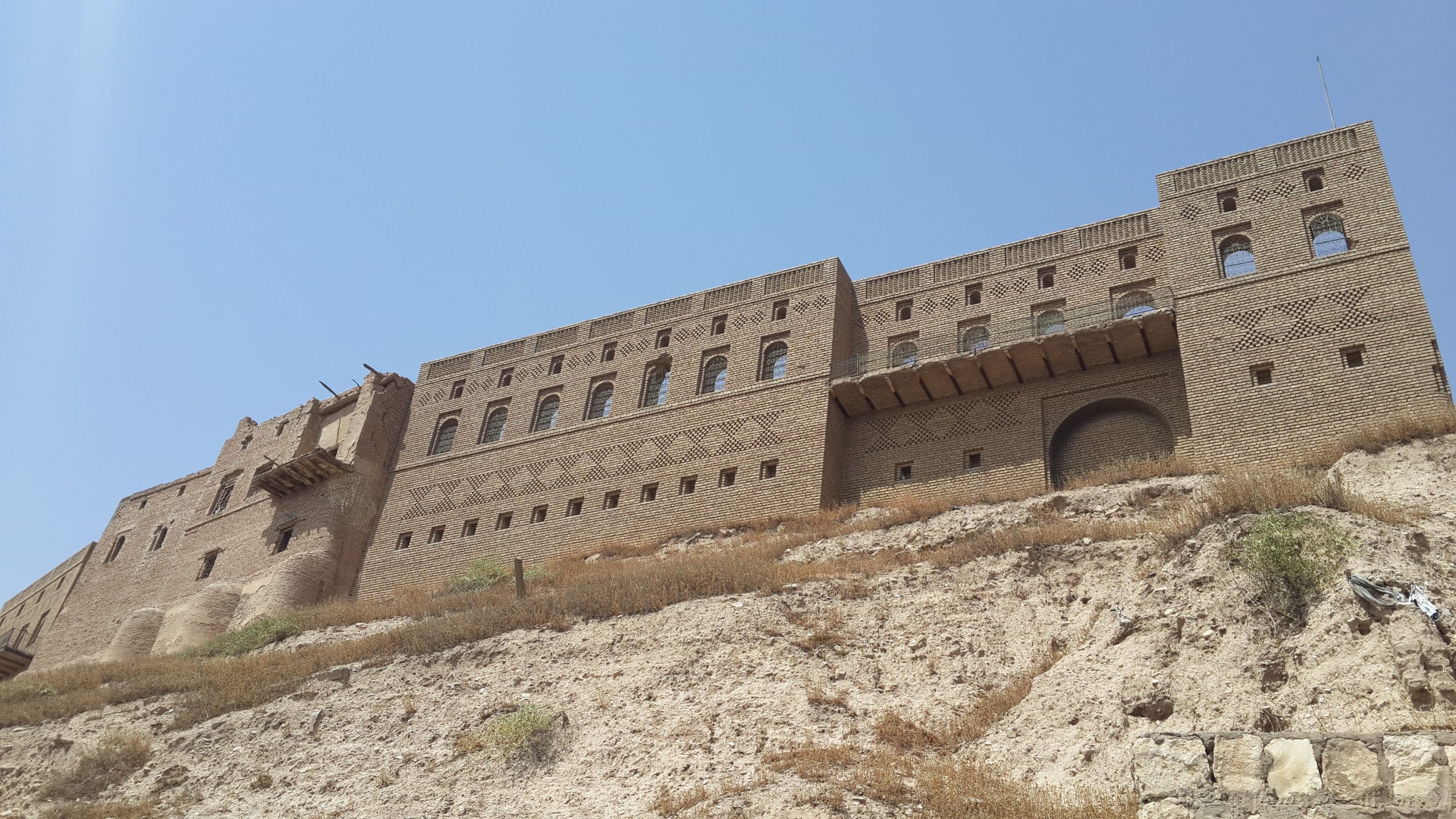
In recent years, the Erbil Citadel has gained international recognition. UNESCO designated it as a World Heritage Site in 2014, acknowledging its historical and cultural significance. This recognition has spurred further conservation efforts and has increased interest in the citadel’s past and present.
The citadel’s current state is the result of centuries of construction, destruction, and renovation. While much of its early history remains shrouded in mystery, archaeological excavations continue to uncover its secrets. The citadel’s resilience is a reflection of the people who have lived there, each leaving their mark on this enduring monument to human civilization.
About Erbil Citadel
The Erbil Citadel, known locally as Qalat Erbil, is an imposing structure that rises some 28 to 32 meters above the surrounding plain. Its massive walls enclose an area of approximately 102,000 square meters, making it one of the largest citadels in the world. The citadel’s layout is indicative of traditional Middle Eastern urban planning, with a maze of narrow alleyways and courtyards that lead to the various homes and public buildings within.
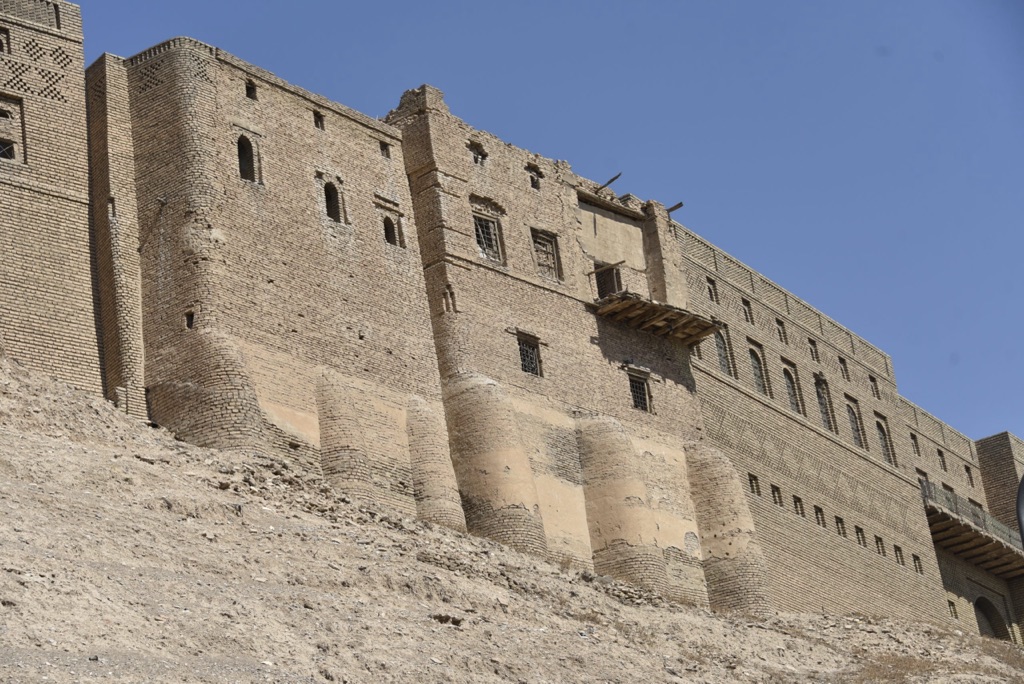
The citadel’s construction techniques and materials are a testament to the ingenuity of its builders. The use of mud bricks, which were readily available and provided excellent insulation against the harsh climate, was predominant. The buildings within the citadel feature ornate facades, wooden doors, and intricate window designs, showcasing the craftsmanship of the artisans who worked on them.
One of the architectural highlights of the Erbil Citadel is the Mulla Afandi Mosque, which dates back to the late Ottoman period. The mosque, with its distinctive minaret, serves as a focal point within the citadel. Another significant structure is the Irbil Textile Museum, which is housed in a beautifully restored 19th-century mansion and offers insights into the region’s rich textile heritage.
The citadel’s houses, some of which date back to the 18th century, are also of architectural interest. They often feature iwans, semi-open vaulted spaces that serve as seasonal living areas. The iwans, along with the beautifully decorated reception rooms, reflect the social customs and lifestyle of the citadel’s former inhabitants.
Conservation efforts have focused on preserving the citadel’s unique architectural features while also adapting some of the historic buildings for modern use. This delicate balance between preservation and functionality is key to ensuring the citadel’s survival as a living monument.
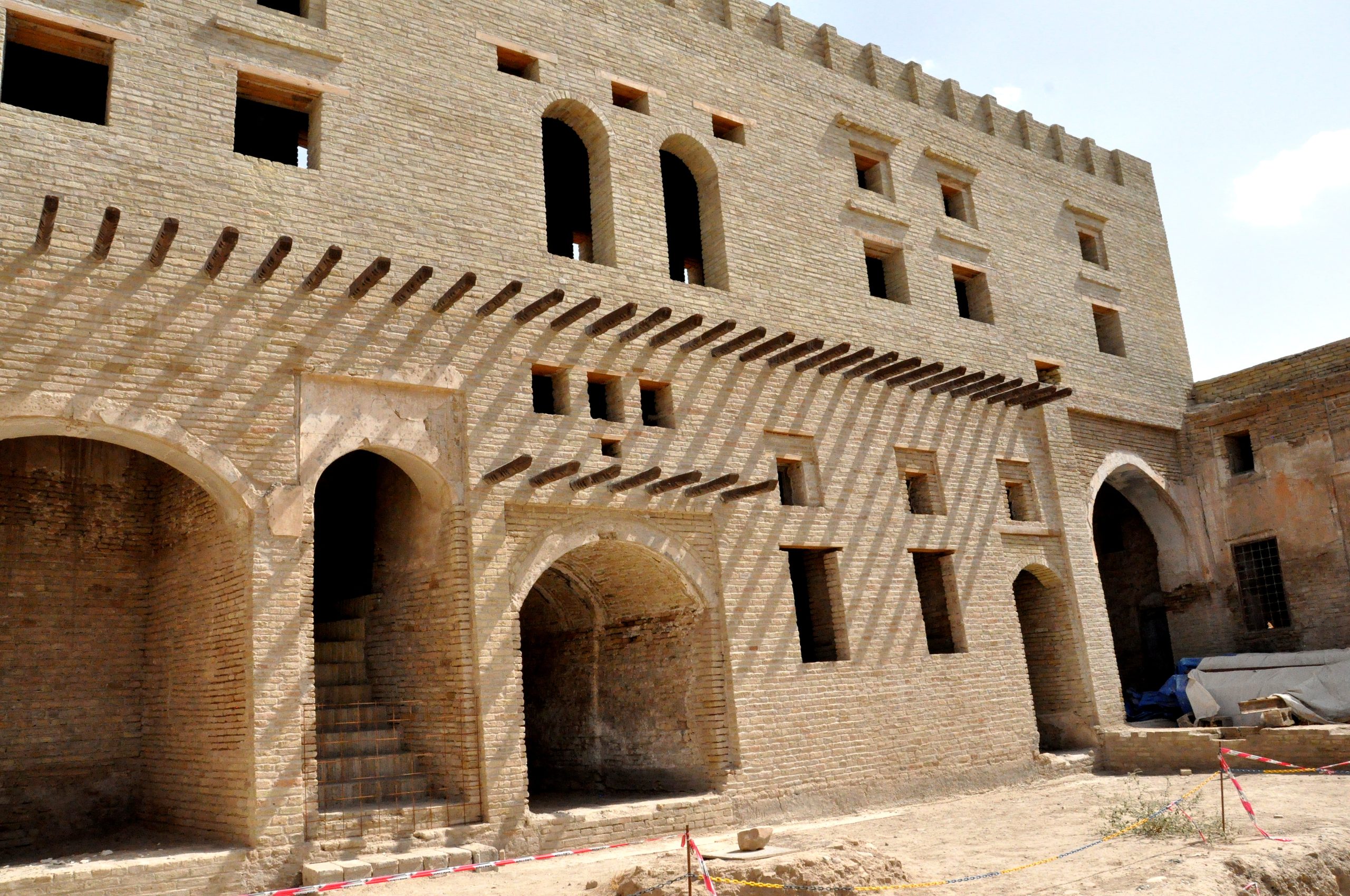
Theories and Interpretations
The mysteries of the citadel are many, including the exact date of its founding. While it is clear that the tell upon which it sits has been occupied for millennia, pinpointing the construction of the first defensive structures is challenging. Archaeologists have had to rely on a combination of excavation findings and historical texts to piece together the citadel’s past.
Interpretations of the citadel’s history have also been influenced by the discovery of various artifacts within its walls. These include pottery, coins, and inscriptions, which have provided valuable insights into the daily lives of its inhabitants and the economic activities that took place there.
Dating the citadel has involved several methods, including radiocarbon dating and stratigraphy. These techniques have helped establish a timeline for the various layers of habitation and construction. However, the complexity of the site means that dating remains an ongoing process, with new discoveries potentially altering current understandings.
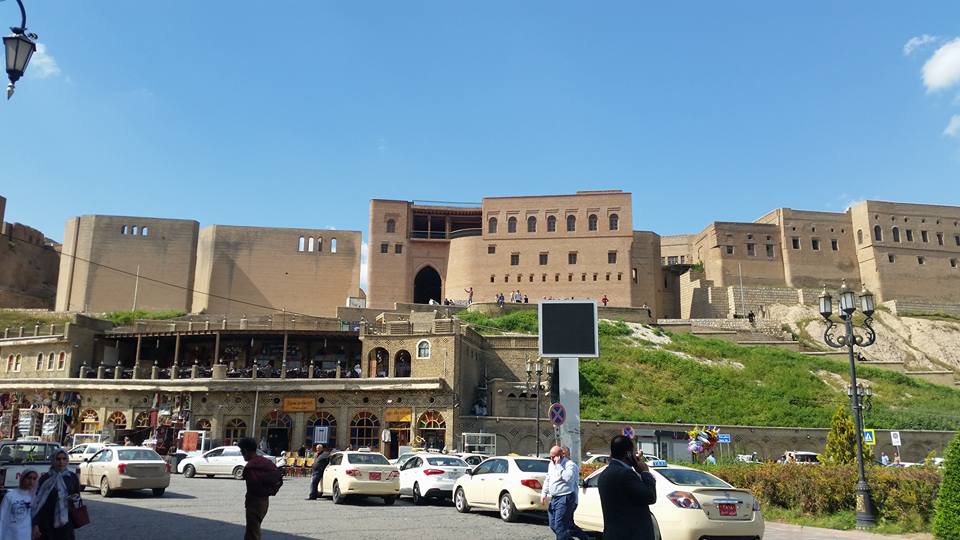
The Erbil Citadel continues to be a subject of academic interest, with historians and archaeologists working to unravel its secrets. Each new finding adds a piece to the puzzle, offering a glimpse into the lives of those who walked its streets centuries ago.
At a glance
- Country: Iraq
- Civilization: Assyrian, among others
- Age: At least 6,000 years old

